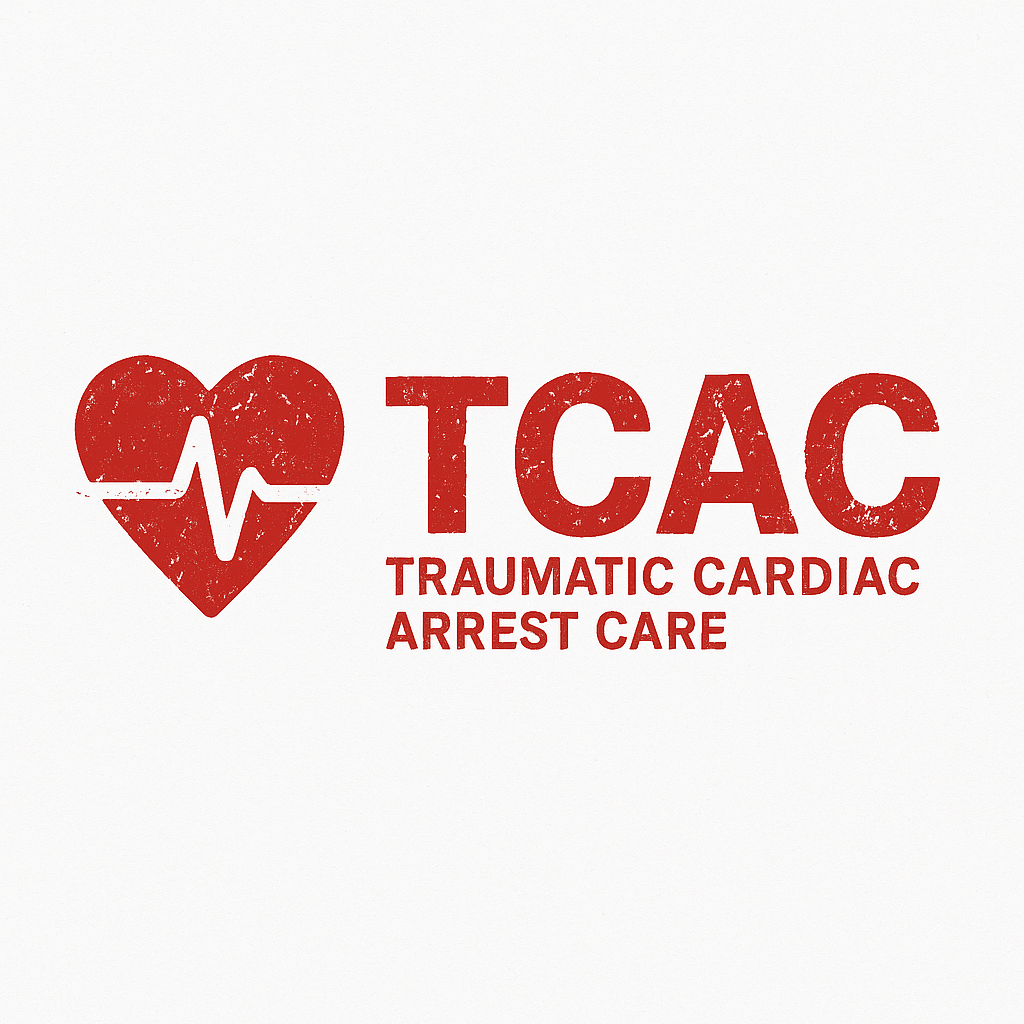CPR in Traumatic Cardiac Arrest: Just Don’t Do It!
Beyond The Sirens’ Image (All Rights Reserved)
IGnition Point
Let me get straight to the point: CPR in traumatic cardiac arrest isn’t the first thing you should be doing, if you’re doing it at all. That may sound like heresy to some, especially in a system dominated by ACLS algorithms and chest compressions on reflex. But here’s the problem, ACLS was never designed for trauma. In fact, the original 1960 study that defined modern CPR—it excluded trauma entirely (Kouwenhoven et al., 1960)¹. So why are we still treating traumatic cardiac arrest (TCA) like a medical code?
There’s No “TCA Badge Class”
Every EMS provider knows ACLS, PALS, and maybe even TECC or ITLS, but there’s no standard class or badge that tells us how to handle TCA. We’ve been left to borrow from medical cardiac arrest protocols and apply them to trauma scenarios where compressions often do nothing, except waste time, (Lockey et al., 2014)².
What Should We Be Doing? Think H.O.T.T. Modern trauma research, especially in the prehospital and military environments, is clear: you must address the reversible causes first:
Hypotension → Stop bleeding and start blood.
Oxygenation → Secure the airway, ventilate effectively.
Tension pneumothorax → Decompress the chest early and often.
Tamponade → Consider ultrasound and pericardiocentesis if indicated.
Chest compressions don’t fix these. But they can distract from them, (Elmer & Callaway, 2017)³.
WHAT THE STUDIES SAY
There’s a growing stack of peer-reviewed research backing this up. One study reviewed over 200 traumatic arrests and found that focused interventions on reversible causes like H.O.T.T. led to better outcomes—while traditional CPR often led nowhere, (Søreide et al., 2024)⁴. Another paper goes further, questioning whether chest compressions should be done at all in hypovolemic cardiac arrest.
Their conclusion? No blood flow = no point in compressing (Sundeet al., 2023)⁵.
This Isn’t Just TheorY-IT’S the future of TCA Management
EMS culture needs to evolve. We need to stop acting on muscle memory and start working based on evidence. It’s time to ditch the “one-size-fits-all” resuscitation model and develop trauma-specific strategies for when seconds matter and reversibility is everything.
Coming Up in My Podcast:
In my next podcast episode, I’ll unpack all of this:
The research behind H.O.T.T. and why compressions often fail in TCA
Where EMS is getting it right—and where we’re dead wrong
What a trauma-first algorithm should look like in the field
⚠️ Spoiler Ahead ⚠️
It doesn’t start with “start compressions”.
References
1. Kouwenhoven WB, Jude JR, Knickerbocker GG. Closed-chest cardiac massage. JAMA.
1960;173(10):1064-1067. doi:10.1001/jama.1960.03020280004002
2. Lockey DJ, Lyon RM, Davies GE. Traumatic cardiac arrest: who are we trying to
resuscitate? Emerg Med J. 2014;31(1):6-10. doi:10.1136/emermed-2012-201912
3. Elmer J, Callaway CW. The future of traumatic cardiac arrest resuscitation. Curr Opin Crit Care. 2017;23(6):547-553. doi:10.1097/MCC.0000000000000455
4. Søreide K, de-Moya M, Bonatti H, et al. Contemporary management of traumatic cardiac arrest and peri-arrest states: A narrative review. J Anesth Analg Crit Care. 2024;4:11.doi:10.1186/s44158-024-00197-9
5. Sunde GA, Heltne JK, Lockey DJ. Chest compressions in hypovolemic arrest: effective or harmful? Resuscitation. 2023;183:109660.doi:10.1016/j.resuscitation.2023.109660



